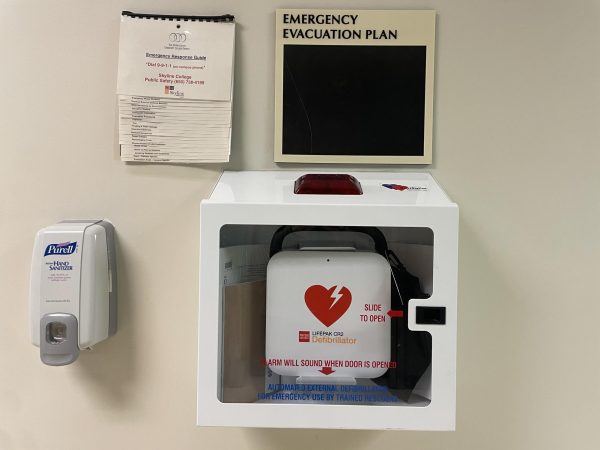2017-2018 FAFSA undergoes significant changes
FAFSA applications for the 2017-2018 financial aid year are open now
Students relying on financial aid to pay for college-related expenses through the FAFSA will have to submit their applications earlier than usual for the 2017-2018 school year, among other changes.
The Free Application For Student Aid is usually submitted at the beginning of the financial year. For example, the FAFSA for the 2016-2017 aid year started registration on January 1, 2016. The FAFSA for the 2017-2018 year differs, registration actually started on October 1, 2016.
Applicants still have a sizeable amount of time to apply, the deadline is June 30, 2018, which is still in line with the deadlines usually set in the past, so the deadline for the 2016-2017 aid year is June 30, 2017, which means that one can apply for both the 2016-2017 FAFSA and the 2017-2018 FAFSA at the same time.
“Because the 2017-2018 FAFSA will collect income information from one tax year earlier,” said Skyline financial aid director Regina Morrison in an email. “Most applicants who use FAFSA on the Web will be able to transfer their income tax return information from the IRS into the FAFSA using the IRS DRT.”
According to the website for Federal Student Aid, which hosts all the necessary forms involved with the FAFSA, the changes instituted for the current year are meant to simplify the financial aid process by allowing applicants to use information that students currently have access to.
Previous iterations of the FAFSA relied on tax information that would usually come later in the year, making it a more tedious process to retrieve the information needed. However, students can now fill out the 2017-2018 FAFSA using financial information from 2015, which can also be imported from the 2016-2017 FAFSA using the IRS’s Data Retrieval Tool, at different times, depending on when applicants have filled out their taxes.
“Using tax info from 2015 is more convenient,” Skyline student Bien Carlo Villa said. “It’s easier for students.”
The website hosting the FAFSA also detailed three main benefits of the changes, when it comes to applicants. For one, the changes are meant to be aligned with the college application process, which makes it easier for students to apply for the FAFSA along with their college(s) of choice.
The FAFSA claims that the changes allow for more certainty, since there are less estimates of income in a certain fiscal year, and the changes are supposed to bring less pressure to applicants by giving them more time to understand how to apply.
Although he has never used the FAFSA, Skyline student Tyler Baclig thinks the benefits bode well for 2016-2017 FAFSA applicants.
“It gives more time to look at the options,” Baclig said. “It’s more opportunity for people to get what they need.”
“Financial Aid offices are anticipating a positive effect on students submitting an early FAFSA, completing their files on-time and knowing what they are eligible long before the new aid year begins.” Morrison said via email. “We are also hoping to see less applications being flagged for verification because of actual tax filings instead of estimated being reported on the FAFSA.”














